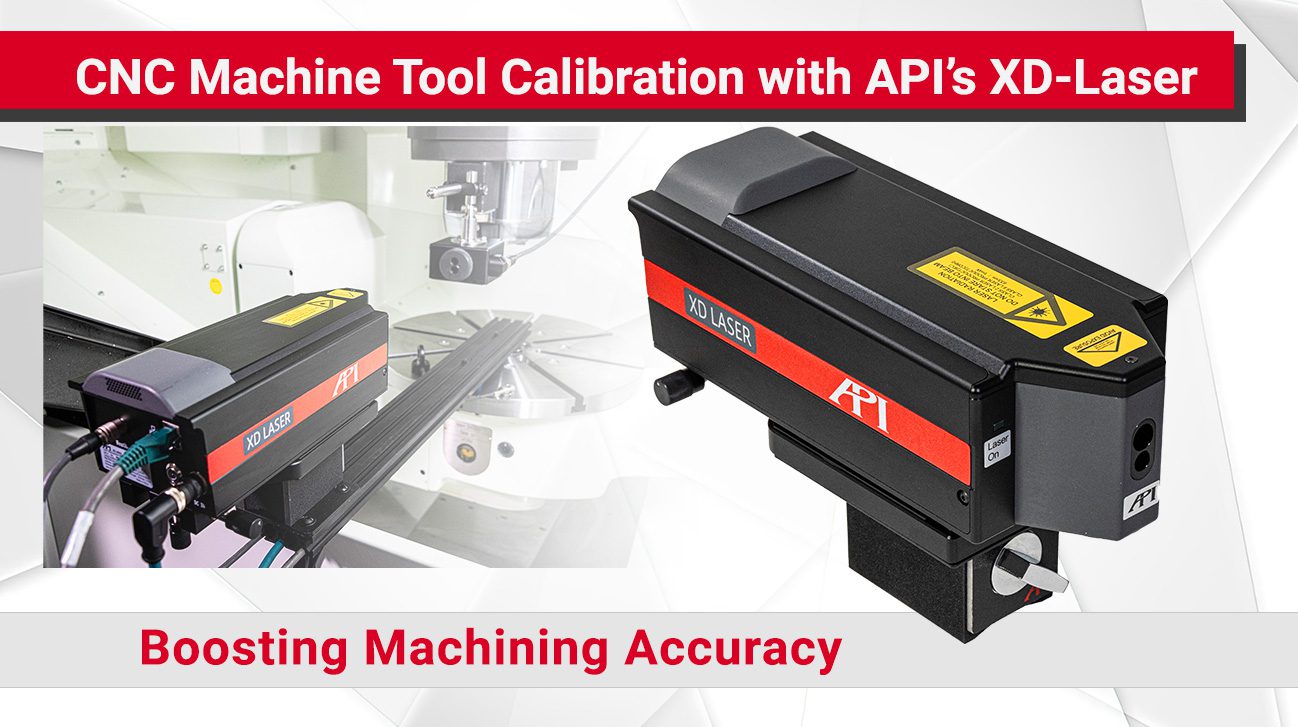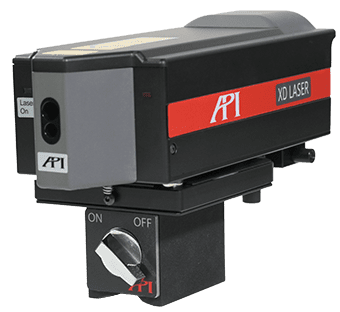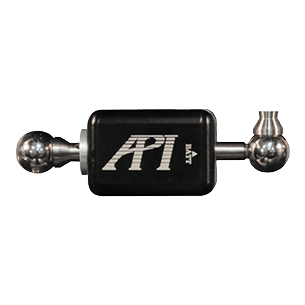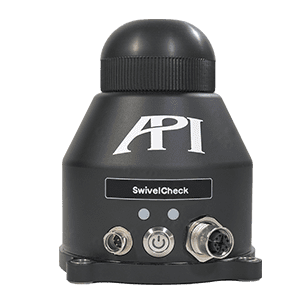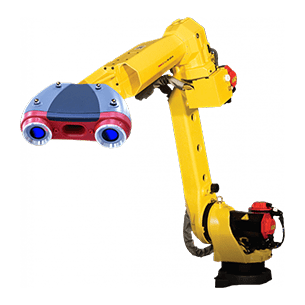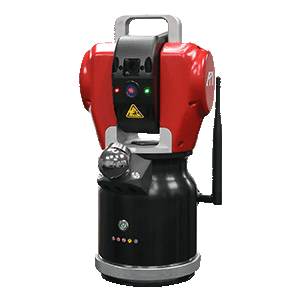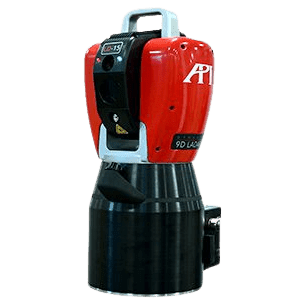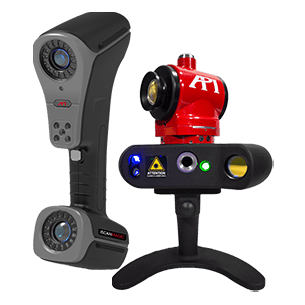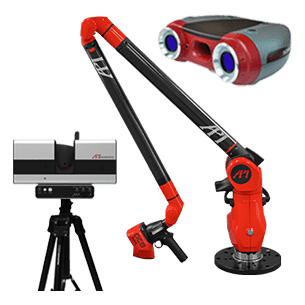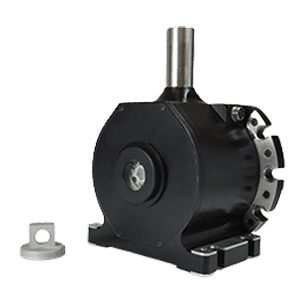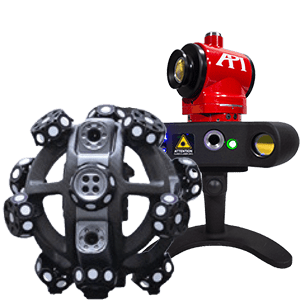Why CNC Machine Calibration Is Critical to Precision and Profitability
CNC machine tool calibration is essential for machining precision and process reliability. Even a well-built CNC machine will gradually drift out of alignment due to everyday wear and environmental factors, leading to deviations in accuracy. Without regular calibration, these small errors can accumulate and result in parts falling out of tolerance, causing costly rework and scrap. By periodically calibrating and fine-tuning CNC equipment, manufacturers ensure that their machines consistently produce high-quality parts and run reliably.
Common Issues Caused by Uncalibrated CNC Machines
All CNC machines are subject to positioning errors over time from natural wear and tear or sudden events like crashes. If left uncalibrated, these errors manifest in several ways:
Axis Positioning Errors: Linear axis deviations mean the machine’s X, Y, or Z axis does not travel the exact distance commanded. Even a small scaling error can make a hole slightly off-location or a part come out oversized. Over time, such displacement errors will push a machine out of tolerance, requiring correction to restore accuracy.
Backlash: Mechanical backlash is the slight “play” or slack in CNC drive components (screws, gears) that appears when an axis reverses direction. Backlash creates positioning issues – the slack causes measurable error each time the axis changes direction. The result is poor repeatability and features that don’t line up correctly. If backlash is not calibrated out or compensated, the machine will struggle to produce precise, consistent parts.
Squareness Errors: If a machine’s axes are not perfectly perpendicular to each other, any multi-axis movement will introduce dimensional errors. This squareness misalignment means holes may be slightly off-square or parts become skewed. Squareness errors can arise from installation issues or even heavy cutting forces that subtly knock the machine out of square. Without calibration, these orthogonal errors persist and cause parts to deviate from design geometry.
Gradual Drift: Machines also drift out of accuracy gradually. Everyday wear, component fatigue, and thermal changes can all cause incremental shifts in machine geometry. Over months of operation, a CNC may slowly lose some precision due to this drift. Regular calibration checks are needed to catch and correct such drift before it results in significant accuracy loss.
CNC Machine Tool Calibration in a Single Pass with API’s XD-Laser
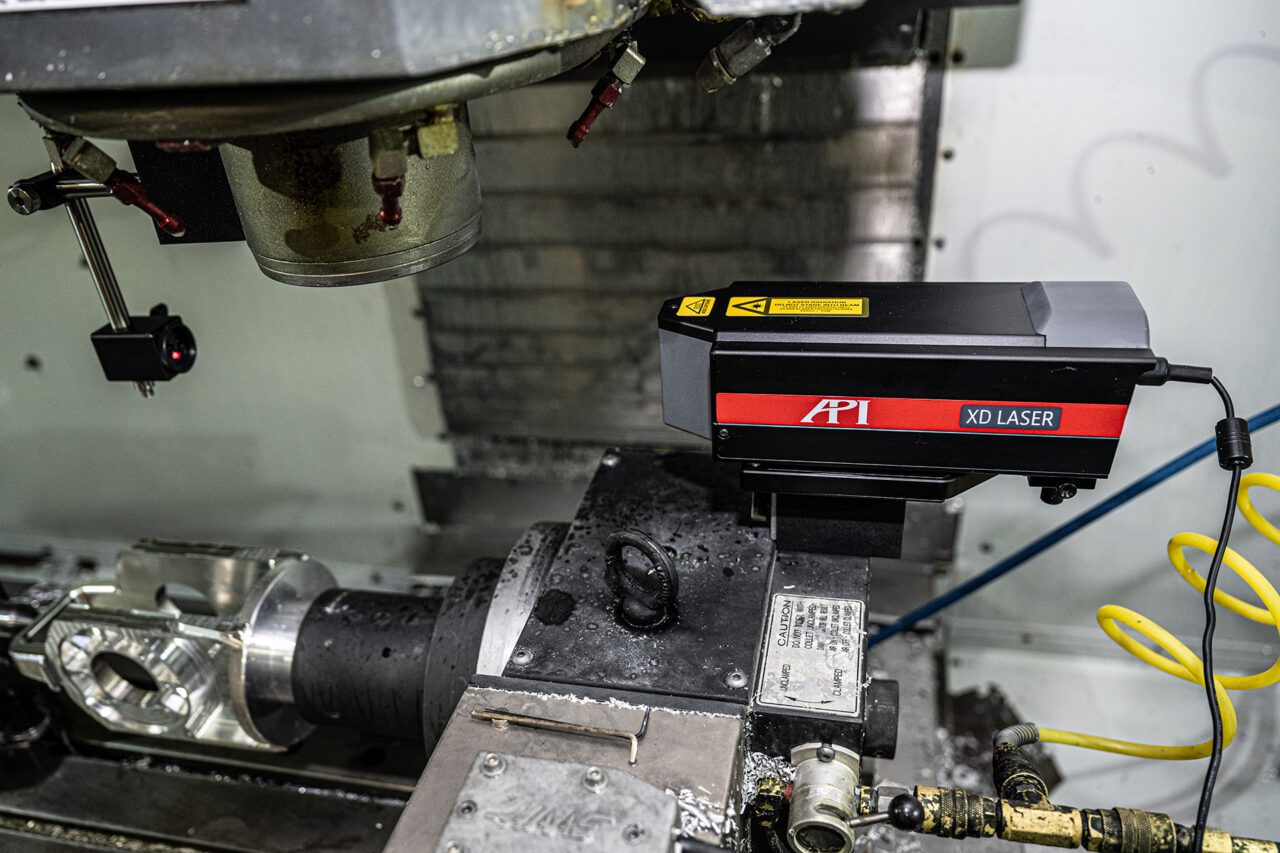
API’s XD Laser for calibrating a CNC milling machines. The API XD-Laser interferometer stands out by capturing all six degrees of freedom of a CNC machine’s errors in a single measurement pass. In one setup, the XD-Laser measures the full spectrum of linear, straightness and angular errors – X, Y, and Z axis positioning, horizontal and vertical straightness along with pitch, yaw, and roll. –simultaneously. It can measure all 21 error parameters (the combined linear, straightness, rotational, and squareness errors on a 3-axis machine) at once . This comprehensive 6-DoF approach means you get a complete picture of the machine’s accuracy in one go, without needing multiple setups or additonal optics.
Capturing all these parameters in a single pass translates to major time savings and higher precision. The XD-Laser’s fast, multi-axis measurement capability makes a complete machine tool calibration much quicker – up to 80% less machine downtime compared to older one-axis-at-a-time interferometer methods. In practice, what might have taken an entire shift or more to calibrate using conventional tools can be done in a fraction of that time with the XD-Laser. Despite the speed, the laser interferometer measurements are extremely precise (on the order of sub-microns). The system can detect minute error values (it boasts accuracy on the order of 0.5 parts-per-million) to ensure no slight twist or offset goes unnoticed. By identifying errors with such high resolution, the XD-Laser allows engineers to confidently compensate and correct the machine, bringing it back within tight tolerance. In short, API’s XD-Laser provides a fast and thorough way to calibrate CNC machine tools, capturing everything needed to keep them cutting accurately.
Quick Calibration Checks After Crashes and Maintenance
Machine shops can deploy the XD-Laser whenever a machine’s accuracy is in doubt – for example, immediately after a crash or a major rebuild. After a machine crash or a hard collision, the machine’s geometry can shift; axis alignment or level might be knocked out of spec. Rather than guessing if the machine is still good, technicians can set up the XD-Laser to perform a quick diagnostic calibration check. In a single pass, the laser will reveal if any axis lost accuracy, if backlash increased, or if a squareness error was introduced by the crash. If errors are found, adjustments or repairs can be done immediately and verified on the spot, before the machine goes back to production. This minimizes downtime after incidents and ensures that product quality isn’t compromised by an unseen error.
Regular maintenance is another perfect opportunity for calibration checks. Many shops schedule full calibrations periodically (for instance, semi-annually or annually) as part of preventative maintenance. With a tool like the XD-Laser, these routine checks are fast and require minimal setup, so they can be done more frequently or during short maintenance windows. The flexibility of the XD-Laser system means it can be used on virtually any CNC machine in the facility – whether it’s a small 3-axis vertical mill, a large horizontal machining center, or even a CNC lathe. The laser unit’s compact design and wireless 6DoF sensor make it easy to mount in different orientations and on various machine types. One day you might fix it to a milling machine table to check X/Y/Z travel, and the next day use it on a lathe to verify headstock alignment and tailstock positioning. In each case, the same device quickly adapts to measure the machine’s specific geometry. This means a single XD-Laser can service the calibration needs of an entire shop floor, from routers to lathes, without specialized adapters for each. By performing quick calibration checks after any major event (crash, component replacement) and during scheduled maintenance, a facility ensures its CNC equipment stays finely tuned with minimal disruption.
Productivity Benefits of Regular Calibration
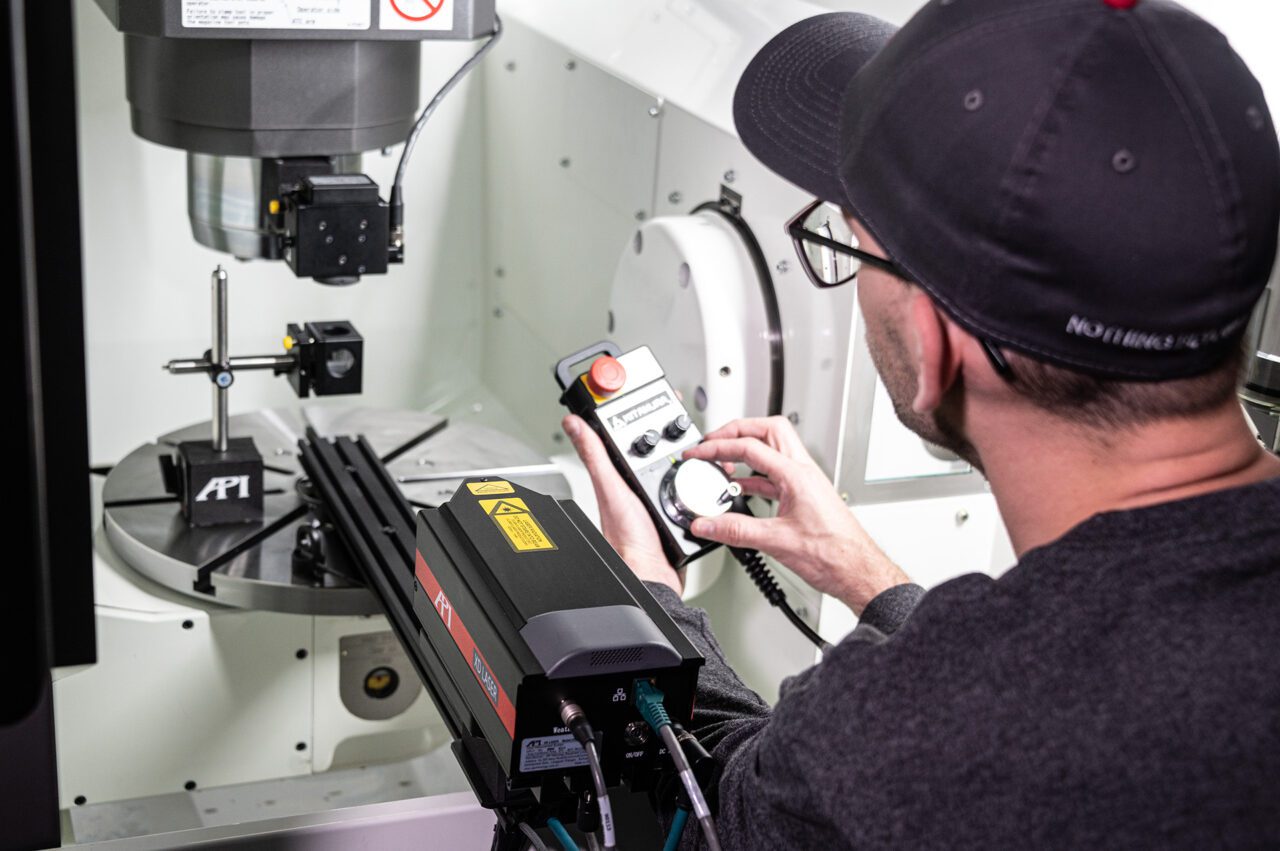
Ensuring CNC machines stay calibrated is not just about avoiding defects – it directly boosts productivity and the bottom line. Some key benefits of proactive CNC calibration include:
Lower Scrap and Rework: A calibrated machine produces parts on-spec consistently, which dramatically reduces the scrap rate. By detecting and correcting errors (misalignment, drift) early, calibration helps maintain consistent quality throughout production runs, reducing scrap and even minimizing downtime from troubleshooting. Less material is wasted and fewer hours are spent reworking bad parts, which translates to immediate cost savings.
Fewer Breakdowns: Calibration isn’t only about product quality – it also keeps the machine itself healthier. Small geometric errors, if left unchecked, can put extra stress on machine components or lead to crashes. Regular calibration and alignment checks help prevent costly errors and machine breakdowns by catching issues before they escalate. In other words, a calibrated machine is less likely to suffer major faults, meaning less unplanned downtime for repairs.
Tighter Tolerance Capability: When a machine tool is properly calibrated, it can hold tighter tolerances reliably. Calibration ensures the machine is meeting industry standards and that accurate measurements are being maintained, which is critical for compliance with tight tolerances in aerospace, medical, and other high-precision industries. This gives manufacturers confidence to tackle more demanding jobs. A shop with well-calibrated machines can promise and achieve tighter tolerances on parts, opening doors to advanced applications and high-value contracts that require extreme accuracy.
Improved First-Pass Yield: High first-pass yield means more parts come out right the first time, without adjustment or scrap. Calibration directly supports this by keeping the machine accurate from the get-go. When your CNC is dialed in, the parts meet quality standards on the first attempt, boosting throughput. Fewer iterations or test cuts are needed. Ultimately, accurate parts reduce costs in production – there’s less rework, faster assembly due to correct fits, and improved product performance – all of which positively impact the bottom line. In short, calibration helps maximize the percentage of good parts produced in each run, which is a key efficiency metric for any manufacturing operation.
Conclusion
In the end, CNC machine tool calibration isn’t just preventative maintenance—it’s performance assurance for your manufacturing process. A machine that stays calibrated will consistently hit its marks, producing accurate parts efficiently and reliably. This means fewer headaches on the shop floor and more confidence in meeting tight customer specs. Studies have shown that regular calibration improves product quality, increases efficiency, reduces waste, and ultimately saves money for manufacturers – all outcomes that underscore calibration’s role as a strategic advantage, not just a routine task.
For manufacturers looking to boost their machining accuracy, investing in calibration pays off. Tools like API’s XD-Laser make it easier than ever to keep CNC equipment in top condition. It ensures that precision is maintained after every crash, repair, or season of wear. CNC calibration is thus not only about preventing problems, but about ensuring peak performance day in and day out. To learn more about how API’s XD-Laser can enhance your machining accuracy, consider scheduling a demo or reaching out to API Metrology – and take the next step toward a more reliable and productive manufacturing operation.



